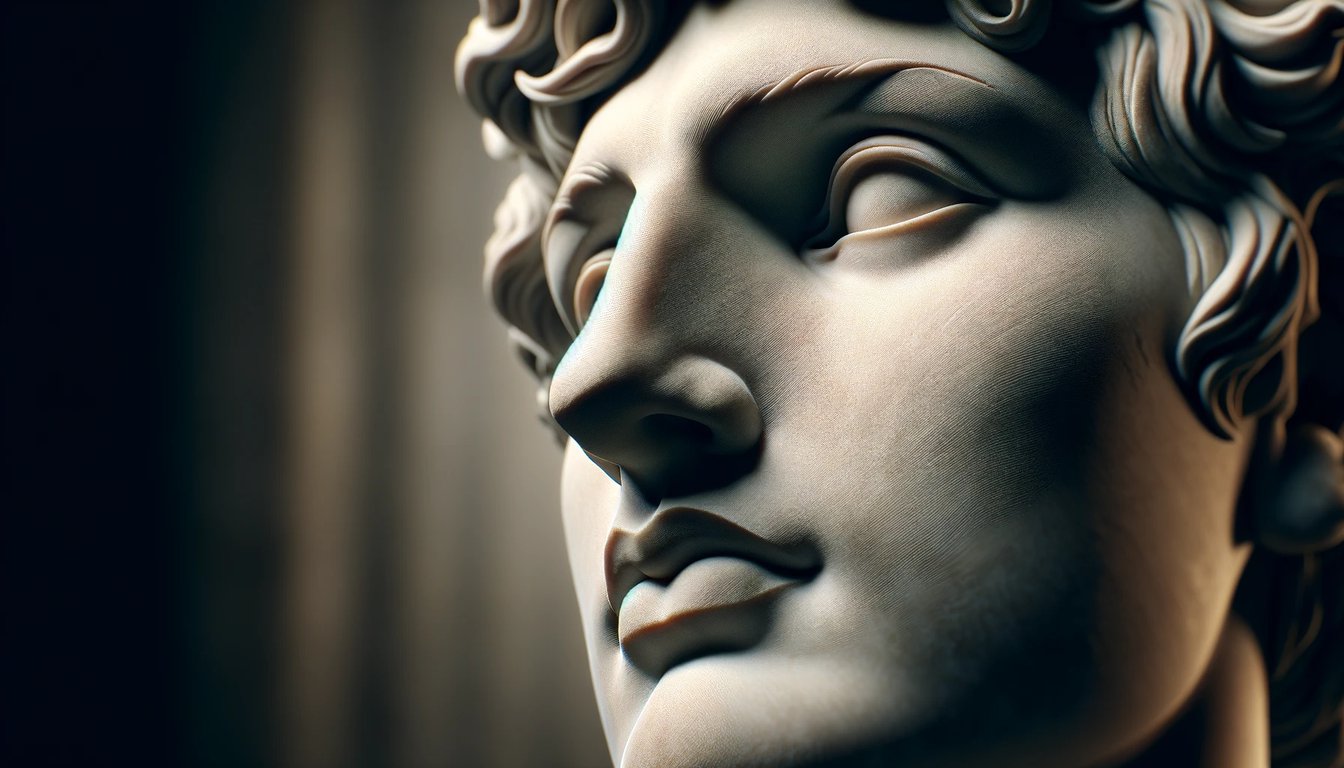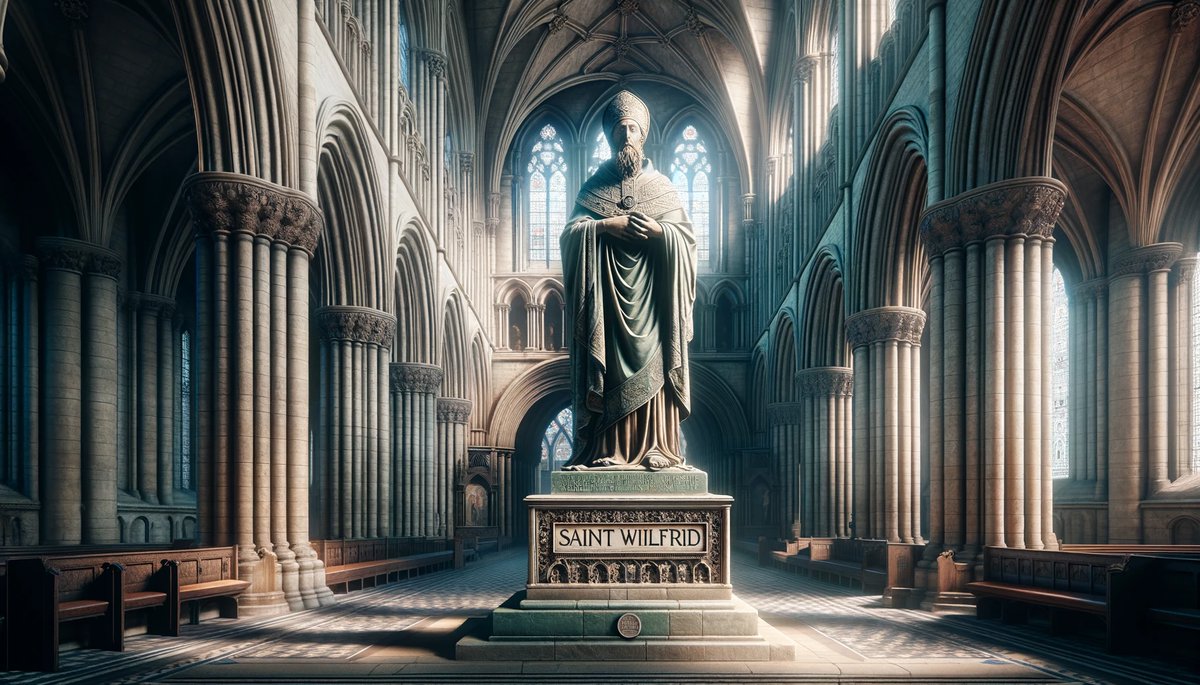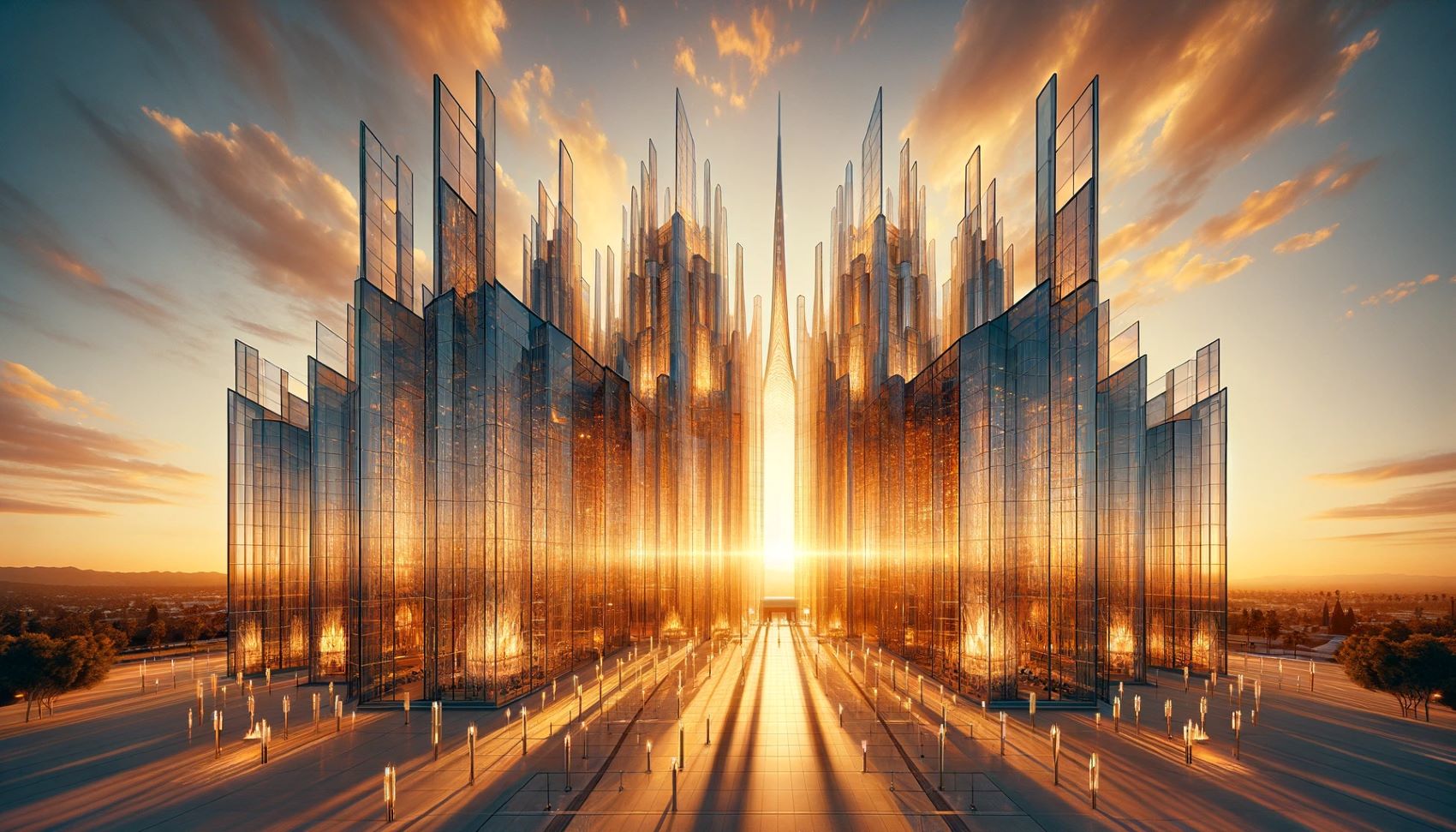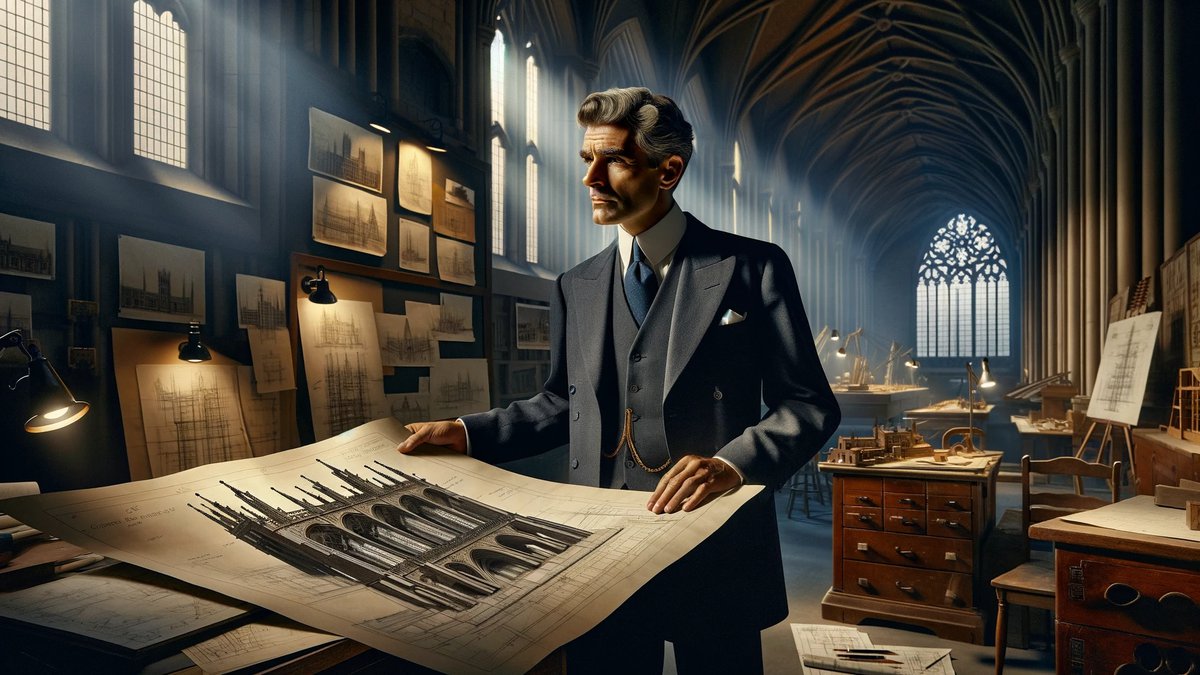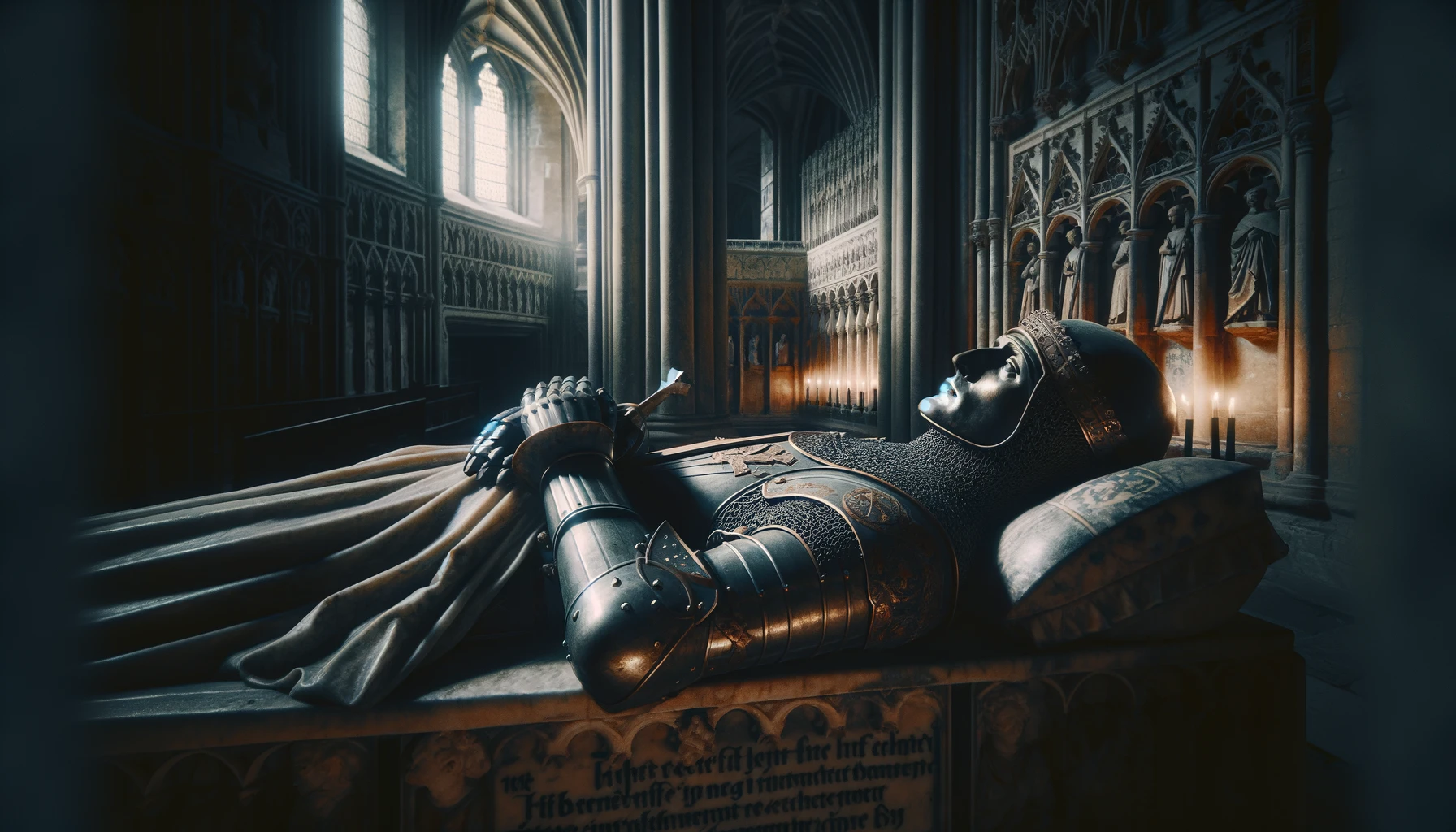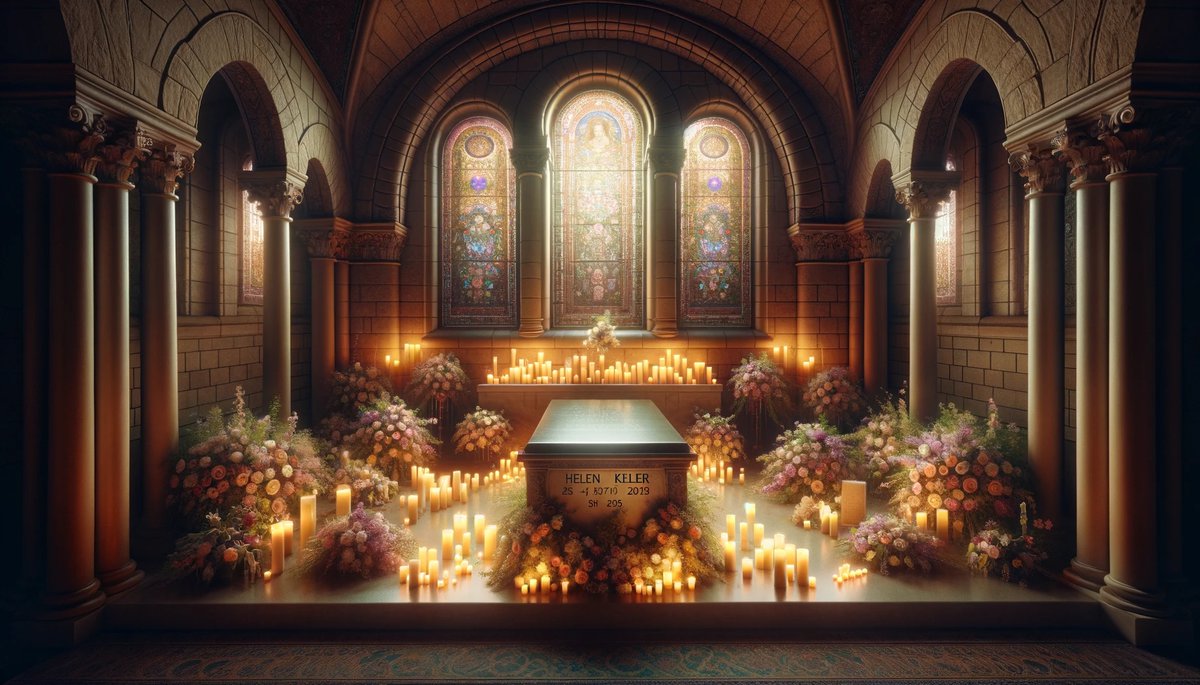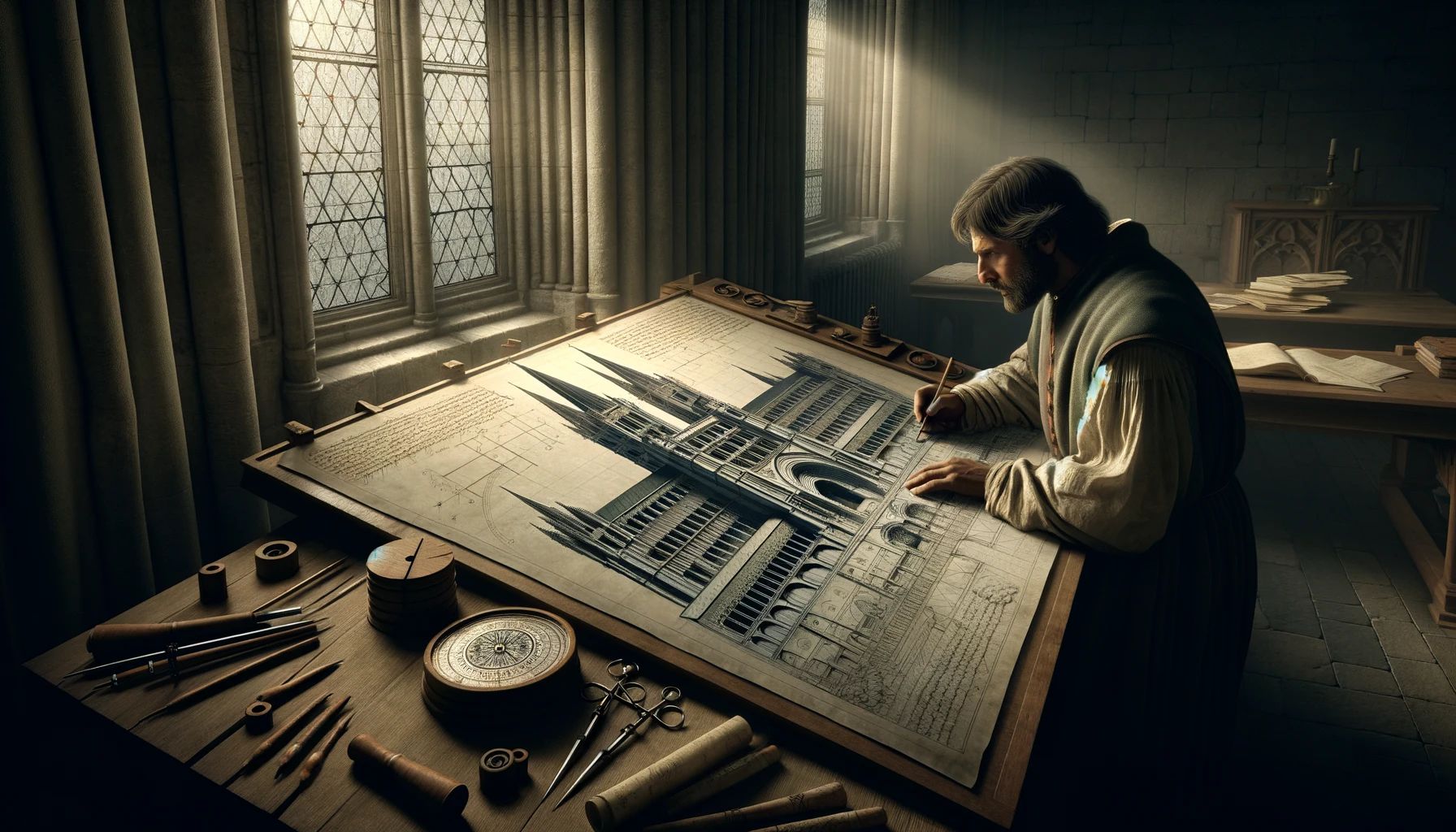Home>Arts and Culture>Who Designed The Reims Cathedral?
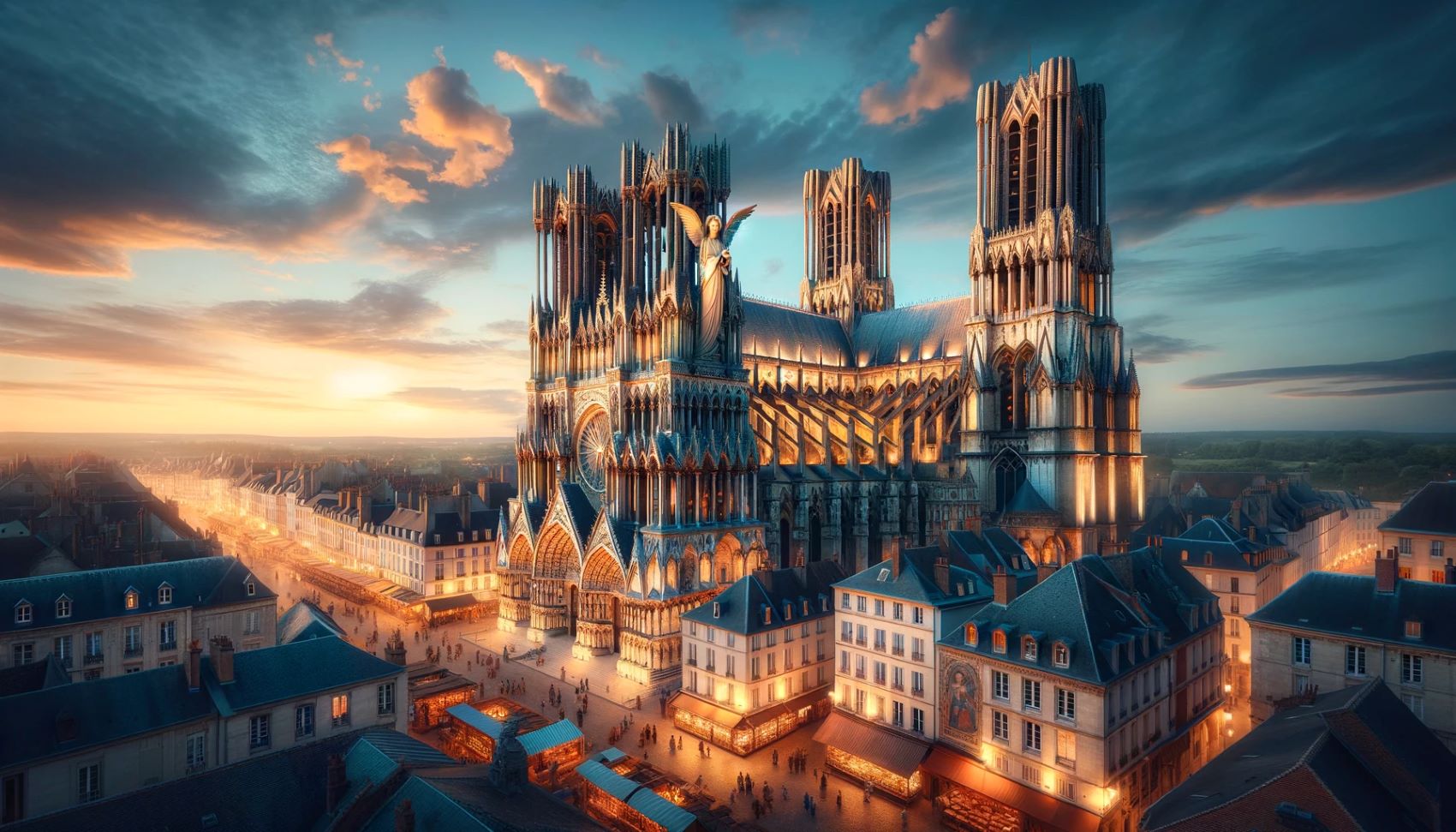

Arts and Culture
Who Designed The Reims Cathedral?
Published: February 17, 2024
Ericka Andersen, an editor at Christian.net, expertly merges digital strategy with content creation, focusing on faith and societal issues. Her communication skills enhance the platform's engaging narratives, fostering meaningful dialogue on belief's impact on society.
Discover the renowned architect behind the iconic Reims Cathedral and delve into the rich history of this masterpiece in arts and culture. Uncover the genius behind its timeless design.
(Many of the links in this article redirect to a specific reviewed product. Your purchase of these products through affiliate links helps to generate commission for Christian.net, at no extra cost. Learn more)
Table of Contents
Introduction
The Reims Cathedral, also known as the Cathedral of Notre-Dame de Reims, stands as a testament to the ingenuity and artistry of its creators. This magnificent Gothic structure, located in the city of Reims in the Champagne-Ardenne region of France, has captivated visitors for centuries with its awe-inspiring architecture and rich historical significance.
As we delve into the story of the Reims Cathedral, we will uncover the remarkable tale of the master builders and artisans who dedicated their lives to its construction. From the intricate details of its façade to the soaring heights of its spires, every element of the cathedral reflects the dedication and skill of its creators.
Join us on a journey through time as we explore the architectural history of the Reims Cathedral, shedding light on the individuals who shaped its design and the cultural context that influenced its construction. Through this exploration, we will gain a deeper appreciation for the enduring legacy of this iconic structure and the profound impact it has had on art, culture, and religious heritage.
Read more: When Was Reims Cathedral Built
The Architectural History of Reims Cathedral
The architectural history of the Reims Cathedral is a captivating narrative that unfolds over centuries, encompassing a rich tapestry of artistic innovation, cultural influence, and religious significance. Construction of the cathedral began in the 13th century, with the aim of creating a structure that would not only serve as a place of worship but also stand as a symbol of the divine majesty. The cathedral's design reflects the transition from the Romanesque style to the flourishing Gothic architectural movement, marking a pivotal moment in the evolution of European art and architecture.
The cathedral's layout is characterized by a Latin cross plan, featuring a nave with double aisles, a transept, and a choir with an ambulatory and radiating chapels. The use of flying buttresses and pointed arches allowed for the creation of expansive stained glass windows, flooding the interior with ethereal light and color. The west façade, adorned with intricately carved sculptures and ornate rose windows, serves as a testament to the skill and artistry of the craftsmen who dedicated themselves to its creation.
One of the most iconic features of the Reims Cathedral is its soaring towers and spires, which reach towards the heavens with a sense of ethereal grandeur. The cathedral's height and vertical emphasis are emblematic of the Gothic style, symbolizing the aspiration to transcend earthly limitations and connect with the divine. The intricate details of the exterior, from the delicate tracery of the rose windows to the elaborate sculptures adorning the portals, showcase the meticulous craftsmanship that went into every facet of the cathedral's design.
Throughout its history, the Reims Cathedral has endured periods of transformation and restoration, bearing witness to the ebb and flow of cultural and historical forces. From the ravages of war to the ravages of time, the cathedral has stood as a resilient symbol of faith and artistic achievement. Its architectural evolution reflects the collective efforts of generations of artisans, architects, and craftsmen who contributed to its construction, each leaving their indelible mark on its timeless façade.
As we stand in awe of the Reims Cathedral today, we are reminded of the enduring power of human creativity and the enduring legacy of architectural marvels that transcend the boundaries of time and space. The cathedral's architectural history serves as a testament to the enduring legacy of artistic vision and the profound impact of cultural heritage on the built environment.
The Master Builders of Reims Cathedral
The construction of the Reims Cathedral was a monumental undertaking that required the expertise of master builders and artisans who dedicated themselves to bringing the grand vision to life. At the forefront of this ambitious project were the architects and craftsmen whose skill and ingenuity shaped the cathedral's iconic design.
One of the most renowned figures associated with the construction of the Reims Cathedral is the master architect, Robert de Coucy. As the chief architect of the cathedral, Robert de Coucy played a pivotal role in overseeing the realization of the grand design. His visionary approach to Gothic architecture, characterized by soaring heights and intricate detailing, left an indelible mark on the cathedral's aesthetic and structural integrity. Under his guidance, the cathedral's layout, proportions, and decorative elements were meticulously planned and executed, setting a standard for Gothic architecture in the region.
Working alongside Robert de Coucy were a multitude of skilled craftsmen, including stone masons, sculptors, glassmakers, and carpenters, each contributing their expertise to the construction process. These artisans labored tirelessly to bring the cathedral's intricate stone carvings, delicate tracery, and vibrant stained glass windows to fruition. Their collective efforts imbued the cathedral with a sense of artistic splendor, elevating it to a symbol of divine beauty and human achievement.
The master builders of the Reims Cathedral were not only tasked with realizing the architectural vision but also with navigating the technical challenges inherent in constructing such a monumental edifice. The innovative use of flying buttresses, ribbed vaults, and pointed arches required a deep understanding of structural engineering and construction techniques, demonstrating the advanced knowledge and skill of the cathedral's builders.
Beyond their technical prowess, the master builders of the Reims Cathedral were driven by a profound sense of devotion and reverence for their craft. Their work was imbued with spiritual significance, as they sought to create a sacred space that would inspire awe and reverence in all who beheld it. Their dedication to perfection and their unwavering commitment to excellence are evident in every aspect of the cathedral's design, reflecting a harmonious blend of artistic expression and spiritual devotion.
As we marvel at the grandeur of the Reims Cathedral today, we are reminded of the enduring legacy of the master builders whose creative genius and unwavering dedication brought this architectural masterpiece to life. Their collective vision and craftsmanship continue to inspire admiration and reverence, serving as a testament to the timeless power of human creativity and the enduring allure of Gothic architecture.
The Role of the Bishop in the Design Process
The construction of the Reims Cathedral was not solely the endeavor of architects and craftsmen; it was deeply intertwined with the influence and patronage of the Bishop of Reims. The role of the bishop in the design process of the cathedral was multifaceted, encompassing spiritual, political, and artistic dimensions that left an indelible mark on the cathedral's conception and realization.
At the heart of the bishop's involvement in the design process was the intertwining of religious symbolism and architectural expression. The bishop, as the spiritual leader of the diocese, played a pivotal role in shaping the cathedral as a physical embodiment of divine glory and religious devotion. The cathedral was envisioned as a sacred space that would not only serve as a place of worship but also stand as a testament to the bishop's authority and the spiritual significance of the diocese. As such, the bishop's vision and aspirations were intricately woven into the fabric of the cathedral's design, influencing its layout, decorative elements, and overarching symbolism.
In addition to its spiritual significance, the construction of the cathedral held profound political and symbolic implications for the bishop and the city of Reims. The cathedral served as the site of coronation ceremonies for French kings, elevating the bishop to a position of great political influence and prestige. The bishop's involvement in the design process was thus shaped by the desire to create a grand and imposing structure that would underscore the power and authority of the diocese, serving as a physical manifestation of the bishop's influence within the realm of both church and state.
Furthermore, the bishop's patronage and financial support were instrumental in realizing the grand vision of the cathedral. The bishop provided crucial resources, including land, funds, and materials, to facilitate the construction process. This patronage extended beyond mere financial support; it also involved the bishop's active engagement in decision-making regarding the cathedral's design, construction timeline, and the selection of master builders and artisans. The bishop's direct involvement in these matters underscored the deeply personal and vested interest in ensuring the cathedral's magnificence and enduring legacy.
As a result, the role of the bishop in the design process of the Reims Cathedral transcended mere oversight; it was a reflection of the intertwining of spiritual, political, and artistic influences that shaped the cathedral's identity. The bishop's vision, patronage, and influence left an indelible imprint on the cathedral, imbuing it with a profound sense of religious significance, political symbolism, and artistic grandeur that continues to resonate through the ages.
Conclusion
In conclusion, the Reims Cathedral stands as a testament to the enduring legacy of Gothic architecture and the profound impact of human creativity on the built environment. From its awe-inspiring façade to its soaring spires, the cathedral embodies the collective vision and craftsmanship of master builders, artisans, and the patronage of the Bishop of Reims. The architectural history of the cathedral reflects a convergence of artistic innovation, cultural influence, and religious significance, shaping its identity as a symbol of divine majesty and human achievement.
As we reflect on the master builders of the Reims Cathedral, such as the visionary architect Robert de Coucy and the multitude of skilled craftsmen, we are reminded of their unwavering dedication and profound impact on the cathedral's design. Their collective expertise and artistic ingenuity brought to life a structure that continues to inspire awe and reverence, serving as a testament to the enduring power of human creativity.
Furthermore, the role of the Bishop of Reims in the design process underscored the intertwining of spiritual, political, and artistic influences that shaped the cathedral's identity. The bishop's patronage and vision left an indelible imprint on the cathedral, imbuing it with a profound sense of religious significance, political symbolism, and artistic grandeur that continues to resonate through the ages.
The Reims Cathedral stands not only as a place of worship but as a living testament to the enduring legacy of artistic vision and the profound impact of cultural heritage on the built environment. Its architectural splendor serves as a reminder of the enduring power of human creativity and the timeless allure of Gothic architecture. As visitors stand in awe of the cathedral today, they are invited to embark on a journey through time, tracing the footsteps of the master builders and artisans whose dedication and skill brought this architectural masterpiece to life.
In essence, the Reims Cathedral transcends the boundaries of time and space, inviting us to marvel at the enduring legacy of human ingenuity and the profound impact of architectural marvels on art, culture, and religious heritage. It stands as a beacon of inspiration, reminding us of the enduring power of creativity and the timeless allure of architectural masterpieces that continue to captivate and inspire generations to come.
